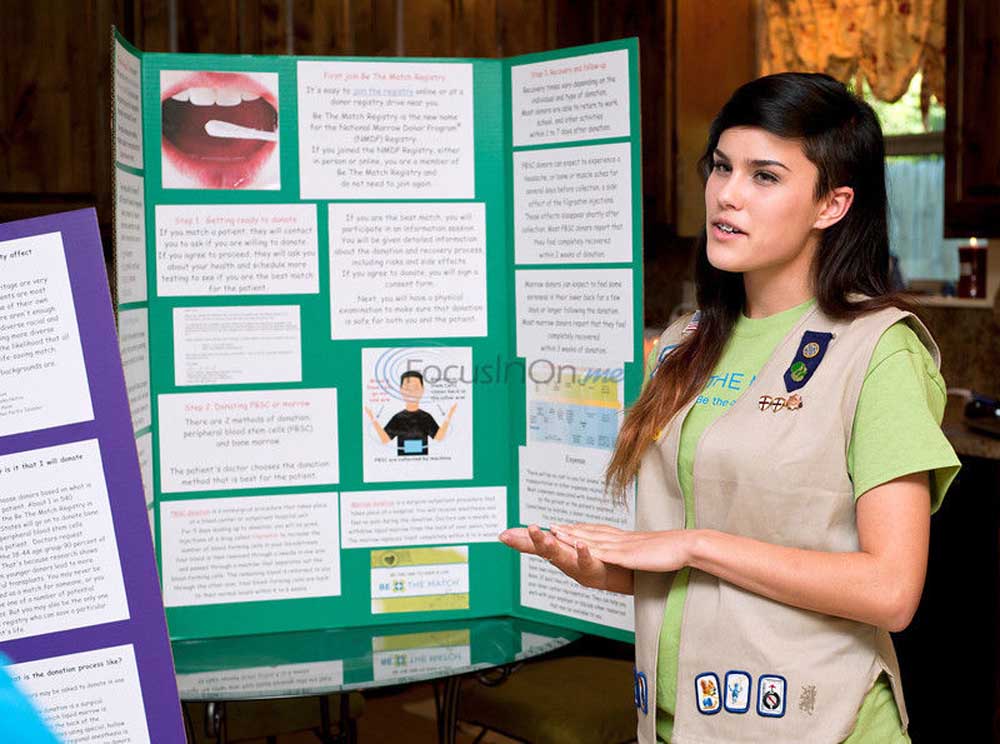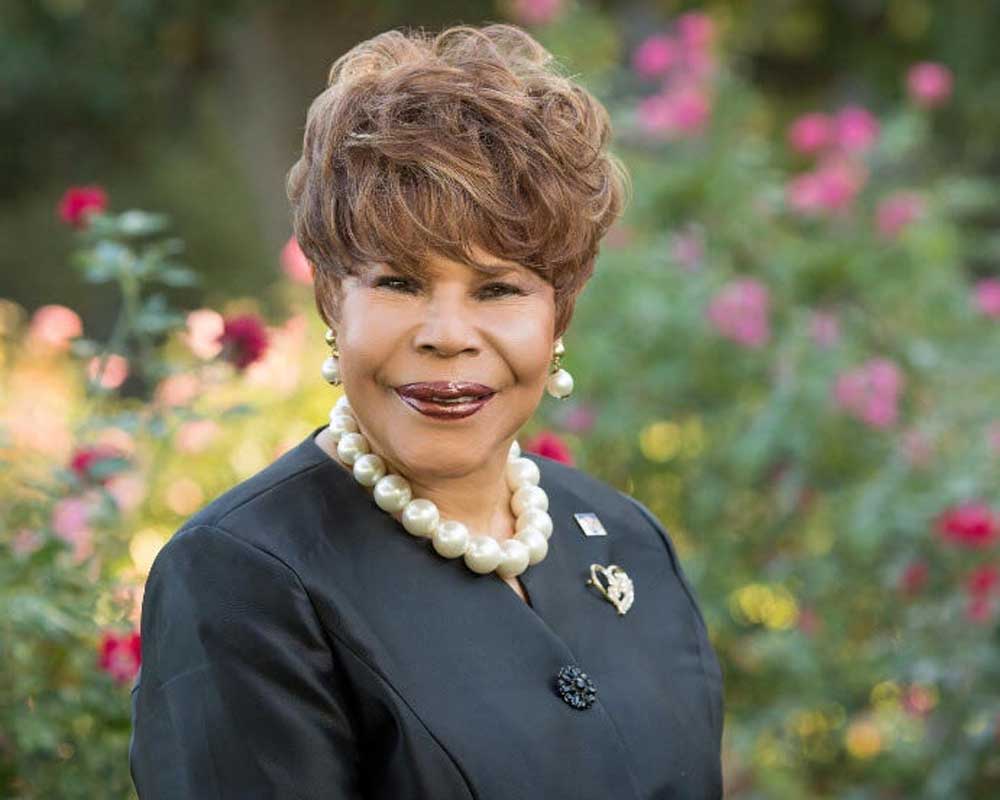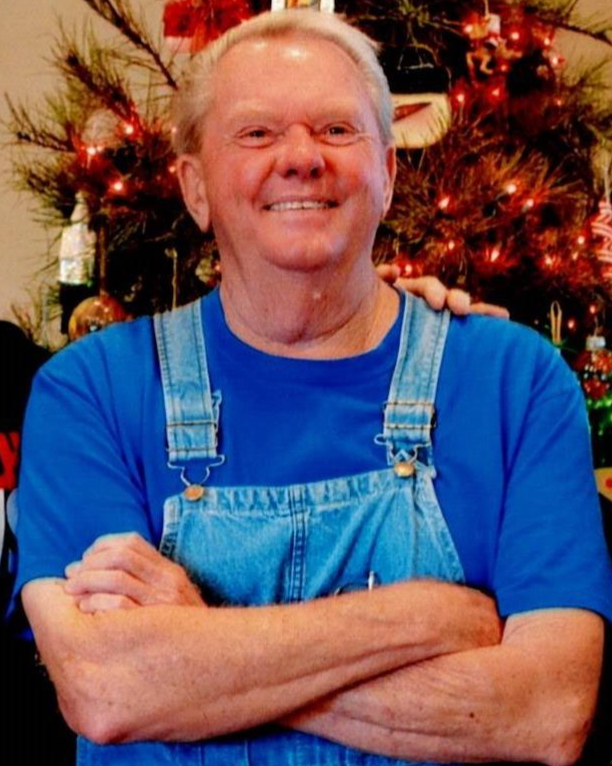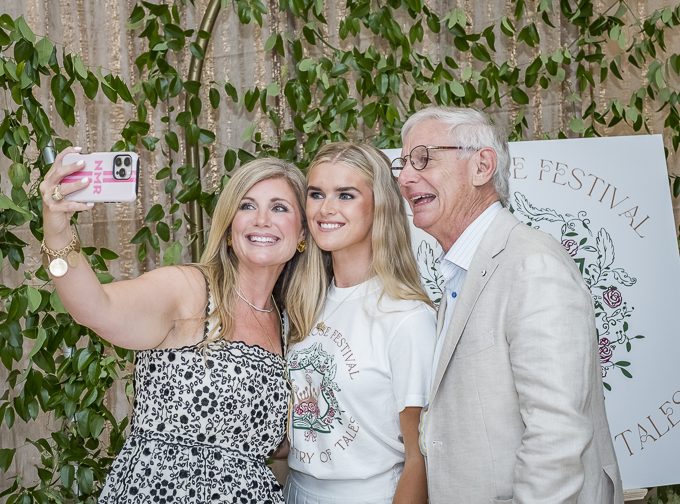Bone Marrow Registry Drive: Grandpa’s Gift — Girl Scout project enlightens us all
Published 8:24 pm Saturday, October 26, 2013

- photo by Sarah A. Miller/Tyler Morning Telegraph Troup High School freshman Shaena White describes the peripheral blood stem cell donation and bone marrow donation need and process at her home Tuesday. White will spearhead a community wide donor registry program as part of her Girl Scout Gold Award Project.
Shaena White, 14, knows a thing or two about bone marrow transplants and the National Bone Marrow Registry. She has dedicated much time to it since February, as a part of a project to earn the Girl Scout Gold Award. She organized a bone marrow registry drive, which begins today at Green Acres Baptist Church and continues through Tuesday at Tyler Junior College.
The award is the highest achievement in Girl Scouting and requires a minimum of 85 leadership hours.
Trending
Miss White is a Senior Girl Scout and has been with the organization since she was 6 years old.
The bubbly Troup High School freshman — whose wide grin fully exposes her braces — is excited about the event as the day approaches.
Miss White didn’t have to go far to find the inspiration for her project. Her paternal grandfather, David Campos, who received a bone marrow transplant in 2007, inspired her to help others.
“If someone didn’t sign up, I wouldn’t have a grandpa now,” Miss White said. “There is a need. People need to know. People know about giving blood. There are drives all of the time. I had not heard of any bone marrow drives in Tyler. My idea was to get people to sign up and hopefully save somebody else’s grandpa.”
Eleven million people are on the National Bone Marrow Registry. One in 540 are called to donate and four out of 10 cancer patients will receive a donation.
“That tells you there’s a need for people to sign up,” Miss White said.
Trending
Her family is impressed that she’d tackle such a large project that could impact her community.
“She’s very unselfish in that she picked a topic that hits so close to home,” her father, Luther White, said. “At her age, to stand up and publicly educate people on this is phenomenal. I’m very proud.”
CLOSE TO HOME: THE INSPIRATION
When diagnosed in 1998, Miss White’s grandfather did not have insurance and his cancer was already in Stage 4. Campos went through several rounds of chemotherapy and radiation at a Dallas hospital. He also participated in several clinical trials. Doctors did not think he would live very long. Their estimates varied from a few weeks to three months.
“I was just waiting my turn to meet the Lord,” Campos said.
By 2006, hospital staff alerted that he was a good candidate for a bone marrow transplant. Still without insurance, and with a bleak prognosis from doctors, Campos called this opportunity a miracle.
“I guess the Lord is not through with me,” he recounted saying. “He’s got something for me.”
Campos, 55, received a transplant on June 12, 2007, what he calls his new birthday. Throughout Campos’ journey, his granddaughter was there to witness it.
“She went through it,” he said. “I would be almost dead in the room. She would come in and just light up the room. She was my inspiration.”
He added, “I had no idea that it impacted her like this to make a change in someone’s life. She saw the struggles that I went through and knew the pain I was going through. You really don’t know until you actually go through it or go through it with someone.”
Campos — who now lives in Log Cabin, a community in Henderson County — never had the chance to meet his donor, as some donors request to remain anonymous. Nonetheless, he’s grateful to that donor and to others who get on the registry.
“They’re actually angels sent by God,” Campos said. “That’s what I think. These people do it selflessly. They volunteer. They don’t get paid. I call them angels.”
THE PROCESS
Miss White has two poster boards ready to go for this week’s drives. It includes information about the process and some figures about the need. She wants people to understand that signing up for the register and becoming a donor are simple.
“I don’t think anyone should be scared of it,” she said. “No needles are involved. There’s no pain.”
Nechelle Ervin, recruiter and coordinator for Baylor Health Care System in Dallas, said to become a potential donor, people must also meet certain health guidelines, which include being free of HIV, chronic lung disease, most forms of heart disease and cancer.
Patients sign a donor consent form, do a cheek swab and are added to the registry, where they remain until the age of 61 or when they are matched.
Ms. Ervin said if people do not meet the criteria, there are still ways to help.
“If you’re unable to join, most definitely, you can volunteer to help with kids or at drives,” she said. “You can also donate financially.”
Ms. Ervin said the national campaign has evolved to reach more young people. The program calls for people ages 18 to 44 because this age group tends to be healthier, and therefore improves chances of survival for patients.
She said the use of social media and publicity by television personality Robin Roberts — who shared her experiences with cancer and a bone marrow transplant — has brought about awareness.
There are two ways to donate: peripheral blood stem cell donation, a nonsurgical procedure that takes about three to four hours to collect, and through a marrow donation, a surgical procedure. About 80 percent of donors go through the peripheral blood stem cell donation. An outpatient bone marrow procedure is typically for young recipients.
Ms. Ervin said 70 percent of patients who need transplants won’t find a donor in their family, and must rely on the registry to find a tissue match.
Having more minority groups register is critical because the likelihood of having a donor match is dependent on race.
“We’ve always looked to diversify the registry because unfortunately we have a huge need for African-American, Asian, Indian, and other races outside of Caucasian,” Ms. Ervin said.
Ms. Ervin noted that Miss White is one of only a few young bone marrow registry organizers she’s seen over the last few years. And Miss White understands that anyone, of any age, can make a difference in someone’s life.
“If we only get one person signed up, I think it’ll be worth it,” Miss White said. “That’s possibly one life we could save.”






